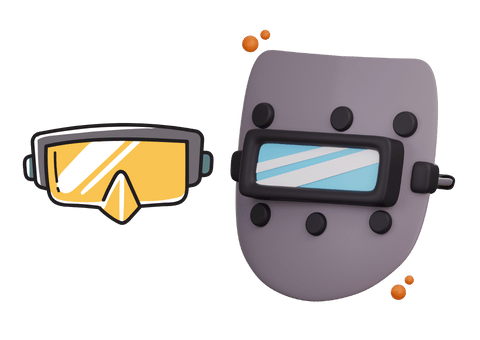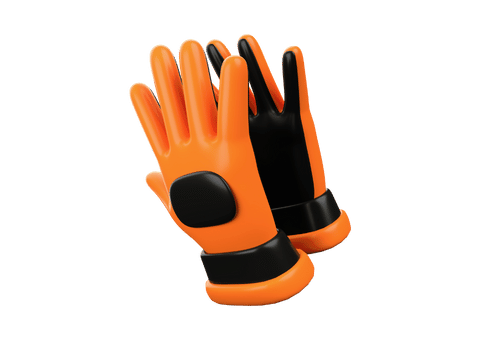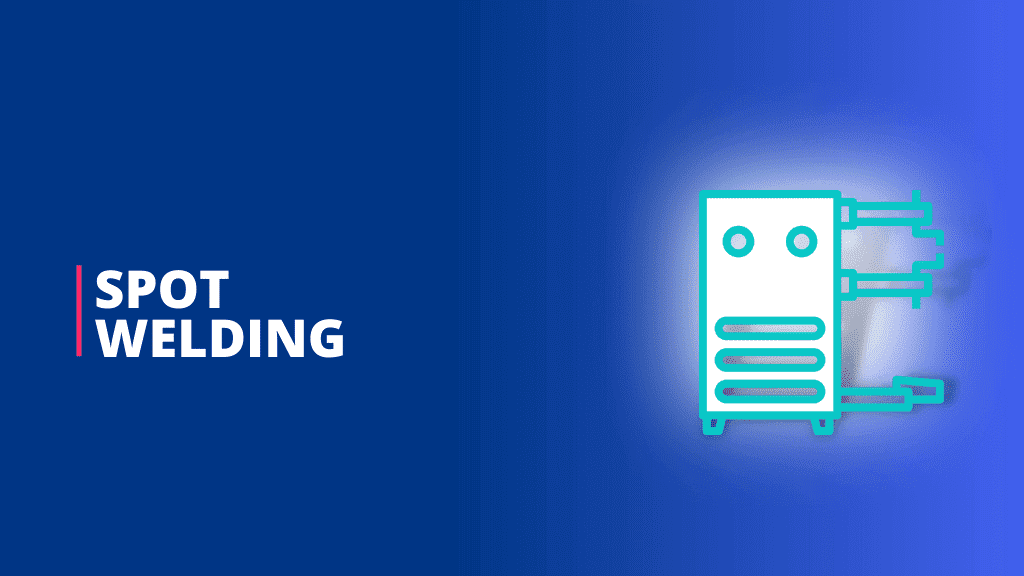Keeping safe at work is a top priority. Personal Protective Equipment (PPE) is designed to protect you from hazards and keep you injury-free.
Whether you’re on a construction site, in a factory, or working in healthcare, PPE is your first line of defense against dangers like falling objects, chemicals, or loud noises.
This guide explains the main types of PPE, how to choose the right equipment for your job, and the importance of following safety standards.

What is PPE and Why Does It Matter?
PPE is any gear you wear to stay safe from workplace hazards. It includes items like helmets, gloves, goggles, and more. Employers are responsible for providing the correct PPE, and employees must wear and maintain it properly to ensure it works effectively.
Why is PPE Important?
- Protects Against Harm: From head injuries to chemical burns, PPE reduces the risk of accidents.
- Last Line of Defense: When other safety measures like barriers or safe work practices aren’t enough, PPE steps in to keep you safe.
- Ensures Compliance: PPE certified by standards like ANSI (US), EN (Europe), or ISO (International) guarantees it’s been tested and proven effective.
The 6 Main Types of PPE
Each type of PPE is designed to protect specific parts of your body. Here’s a simple breakdown of what you need to know.
1. Head Protection
Hard hats and bump caps protect your head from falling objects and impacts. Some hard hats also provide electrical resistance, essential for electricians and utility workers.

- Common Gear: Hard hats, bump caps.
- Standards:
- ANSI Z89.1 (US): Hard hats must pass impact and electrical tests.
- EN 397 (Europe): Ensures helmets meet basic safety requirements.
- Examples:
- A construction worker wears a Class E hard hat to stay safe from electrical hazards while operating near power lines. Similarly, a technician on scaffolding uses both a hard hat and proper working at heights PPE to minimize risks.
2. Eye and Face Protection
Your eyes and face are sensitive to hazards like flying debris, chemicals, and bright lights. Goggles and face shields keep you protected.

- Common Gear: Safety glasses, goggles, face shields.
- Standards:
- ANSI Z87.1 (US): Protects against impact, splashes, and dust.
- EN 166 (Europe): Covers resistance to a variety of hazards.
- Examples:
- A welder wears goggles to shield their eyes from sparks and UV light during welding.
3. Respiratory Protection
In environments with harmful dust, fumes, or chemicals, respiratory protection is crucial. It ensures you breathe clean air.

- Common Gear: N95 masks, half-face respirators, SCBA (self-contained breathing apparatus).
- Standards:
- NIOSH (US): Certifies respirators for specific hazards.
- EN 149 (Europe): Focuses on particulate filtering masks.
- Examples:
- A factory worker uses a respirator with a P3 filter to stay safe from fine dust particles in a manufacturing plant.
4. Hand and Arm Protection
Hands are involved in almost every task, making them highly vulnerable. Gloves protect against cuts, burns, and chemical exposure.

- Common Gear: Cut-resistant gloves, chemical-resistant gloves, welding gloves.
- Standards:
- EN 388: Rates gloves for resistance to cuts, punctures, and abrasion.
- EN 374: Certifies gloves for chemical protection.
- Examples:
- A lab technician wears chemical-resistant gloves to handle hazardous substances safely.
5. Body Protection
Body protection covers a wide range of clothing designed to shield against hazards like fire, chemicals, or extreme weather.

- Common Gear: Coveralls, aprons, flame-resistant clothing, high-visibility vests.
- Standards:
- ISO 11612: Ensures flame-resistant clothing meets safety standards.
- ANSI/ISEA 101: Focuses on proper fit and durability.
- Examples:
- A firefighter wears flame-resistant coveralls to protect against high heat and flames.
6. Foot and Leg Protection
Protective footwear prevents injuries from heavy objects, sharp materials, and slippery surfaces.

- Common Gear: Steel-toe boots, anti-slip shoes, metatarsal guards.
- Standards:
- ASTM F2413 (US): Covers impact resistance and electrical hazard protection.
- EN ISO 20345 (Europe): Ensures durability and slip resistance.
- Examples:
- A warehouse worker wears anti-slip steel-toe boots to prevent injuries from falling items and slippery floors.
How to Choose the Right PPE for Your Job
Selecting the correct PPE depends on the hazards in your workplace.
- Identify Risks:
Assess the dangers in your environment, such as falling objects, chemicals, or loud noises. - Match PPE to Hazards:
- Use goggles and gloves for chemical handling.
- Wear hard hats and steel-toe boots in construction zones.
- Choose respiratory protection for dusty or toxic environments.
- Check Standards:
Look for PPE that meets certified standards to ensure reliability.
PPE Maintenance: Keep It Effective
PPE is only protective if it’s in good condition. Follow these tips to ensure your equipment works properly:
- Inspect Regularly: Check for cracks, tears, or wear. Damaged items should be replaced immediately.
- Clean Thoroughly: Wash PPE according to manufacturer instructions to remove dirt or chemicals.
- Store Safely: Keep PPE in a cool, dry place to prevent degradation.
Conclusion
PPE is essential for staying safe in hazardous environments. From head protection to footwear, knowing the right gear and standards ensures you’re well-prepared for the job.
Remember, safety isn’t just about wearing PPE—it’s about using it correctly and keeping it in top condition. Stay informed, stay prepared, and make every workday a safe one.






